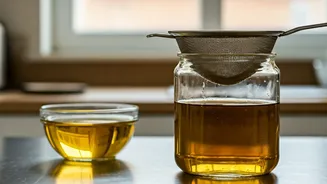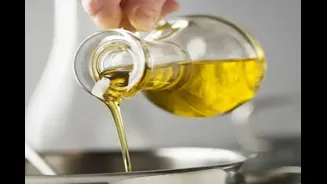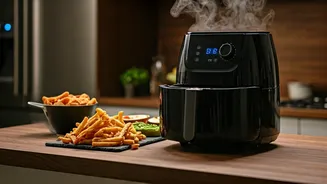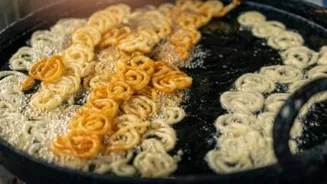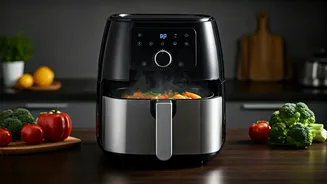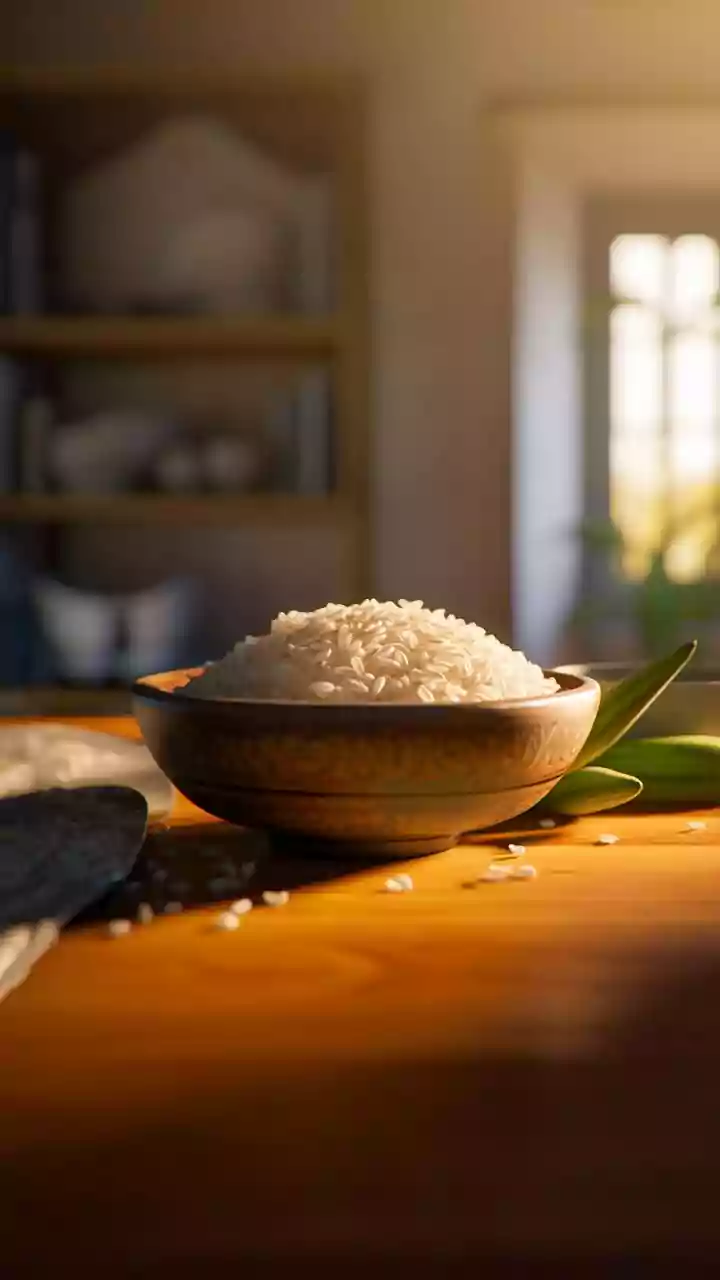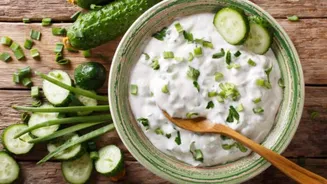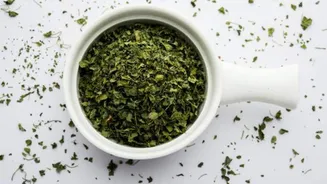Cooling and Straining
The first step to reusing oil is letting it cool completely after frying. Once cooled, use a fine-mesh strainer or cheesecloth to remove any food particles.
These particles can cause the oil to degrade faster and affect the taste and quality of your food. Ensuring you remove these pieces prevents them from burning on subsequent uses, preserving the oil's freshness. This process is crucial to ensure the reused oil remains clean and suitable for cooking.
Checking For Freshness
Before reusing the oil, check for any off-putting smells or discoloration. Fresh, clean oil will generally have a light color and a neutral or slightly oily scent. If the oil smells rancid, burnt, or has a noticeably dark color, it's best to discard it. These indicators suggest the oil has broken down and may impact the flavor of your dishes. The aroma is a good initial guide; if it does not smell fresh, the oil is unsafe to cook with.
Safe Storage Practices
Proper storage is essential to maintain the quality of the oil. Store the strained oil in an airtight container in a cool, dark place. This protects the oil from light, heat, and air, which can cause it to oxidize and go rancid. Avoid storing the oil near the stove or other heat sources. It is best to use a glass or stainless steel container. These containers don't react with the oil. Properly stored oil can last for a couple of weeks, but it's important to keep an eye on its condition before each use.
Limit Repeated Heating
Avoid heating the same oil multiple times. Repeated high-temperature heating degrades the oil, producing harmful compounds. It's recommended to reuse oil no more than twice. After two uses, the oil's properties change, potentially impacting your health. While reusing oil can be cost-effective, doing so in excess can be detrimental. Always assess the oil's quality before each use and discard it if it shows any signs of degradation.
Alternative Uses for Oil
When the oil is no longer suitable for cooking, you can repurpose it. Pour the used oil into the soil of plant pots. This can help to repel insects and pests that might otherwise damage your plants. Ensure that the oil is at room temperature. This is a practical and environmentally conscious way to dispose of the oil, reducing waste. However, avoid pouring oil down the drain, as it can clog pipes and harm the environment.
